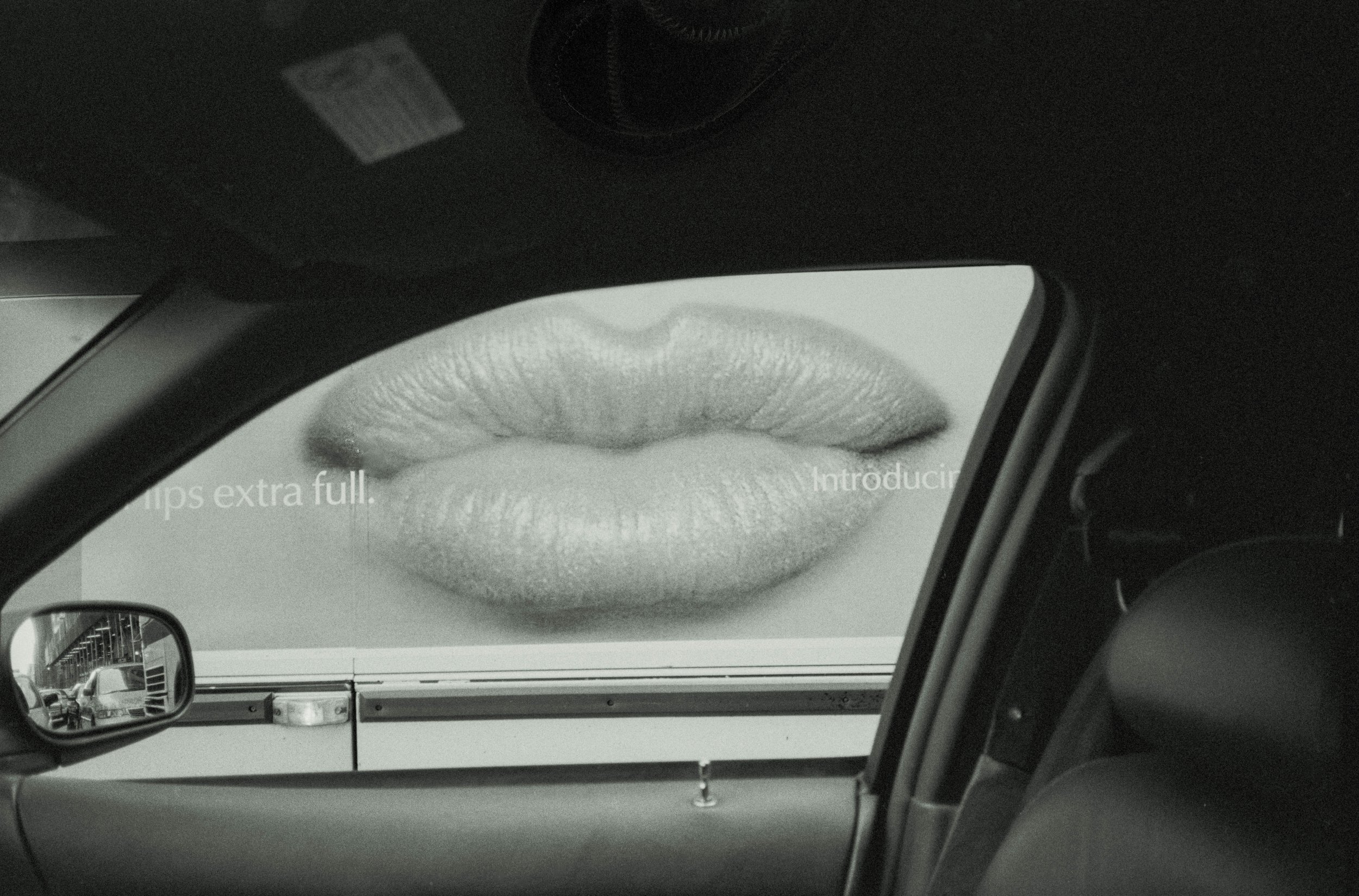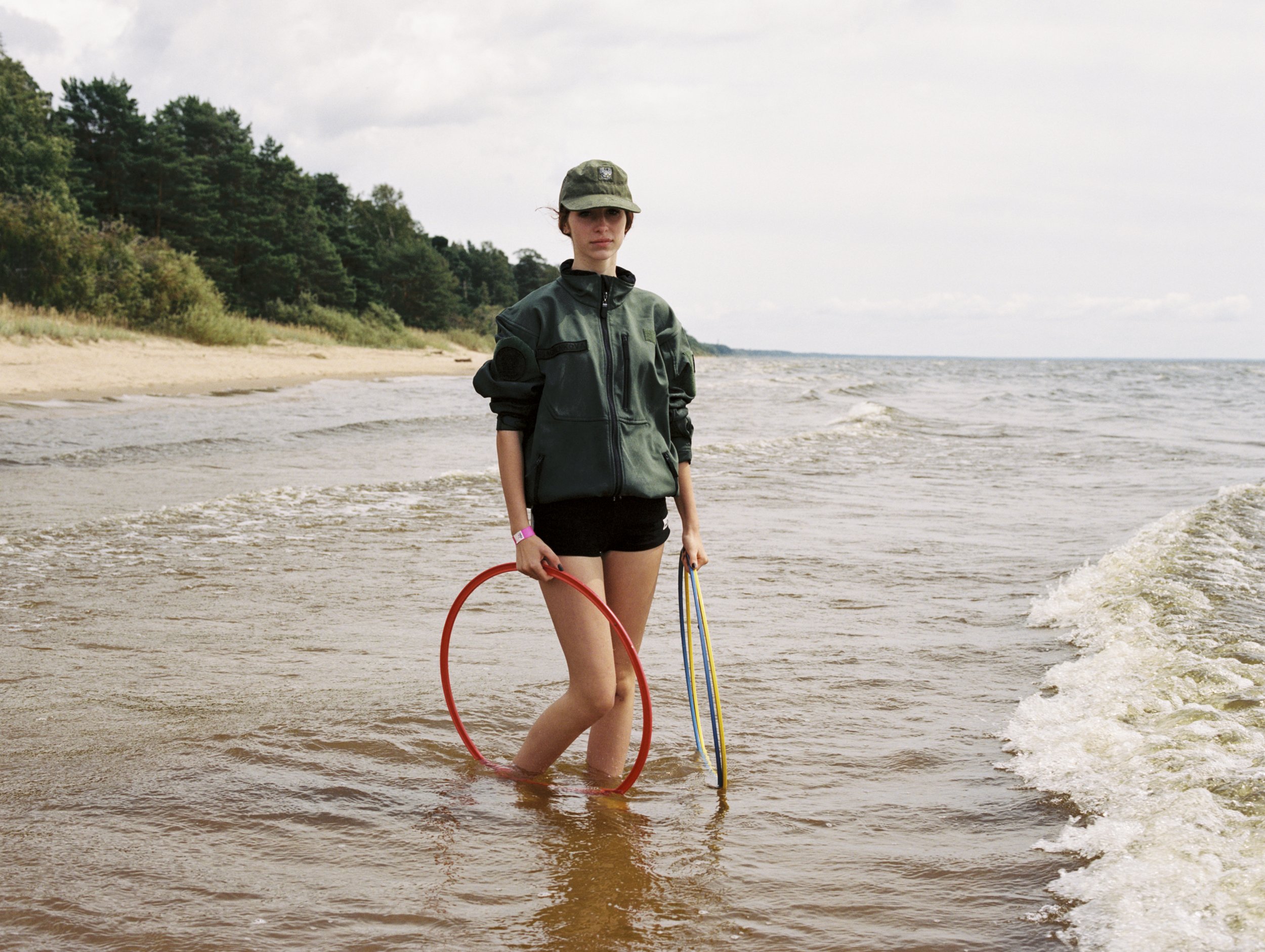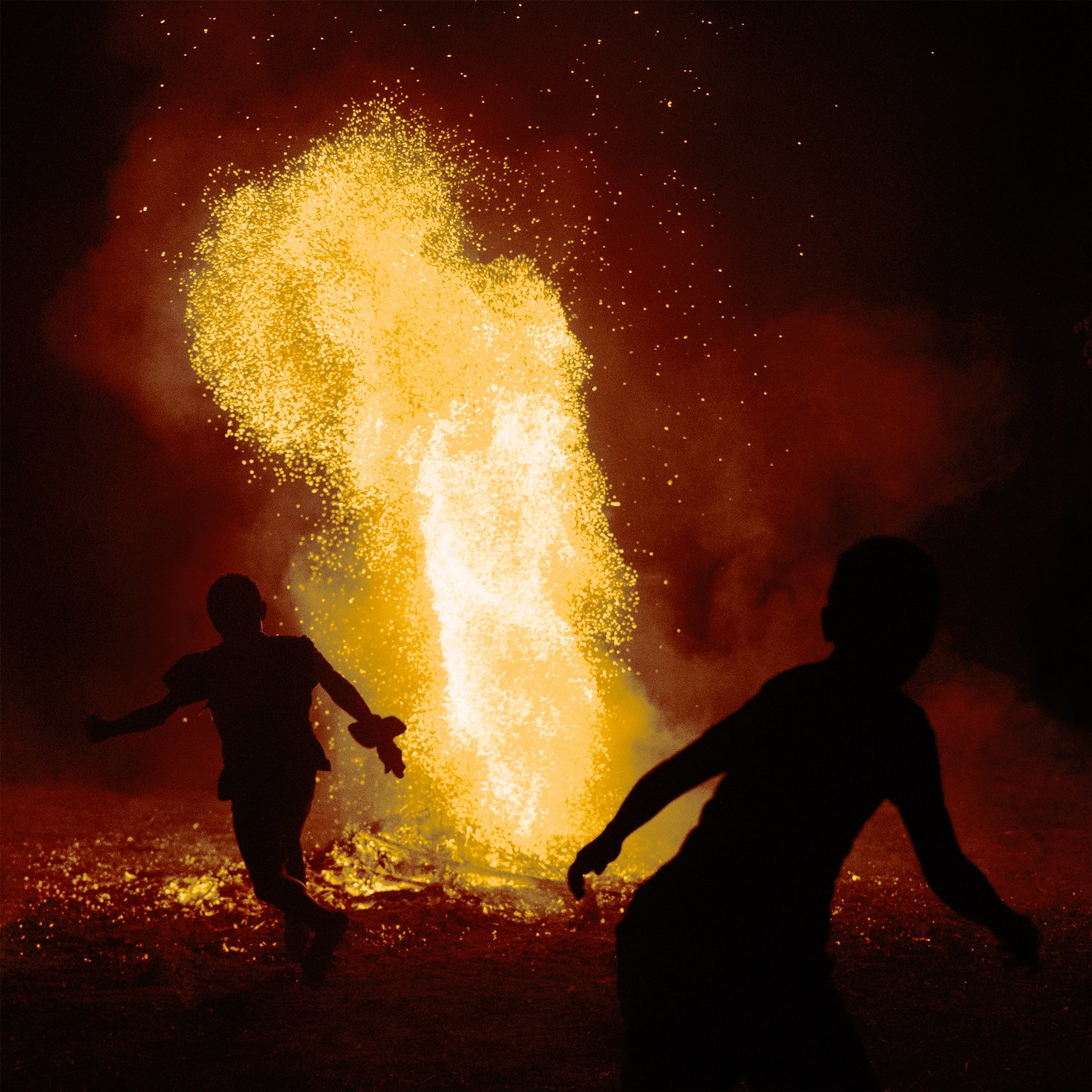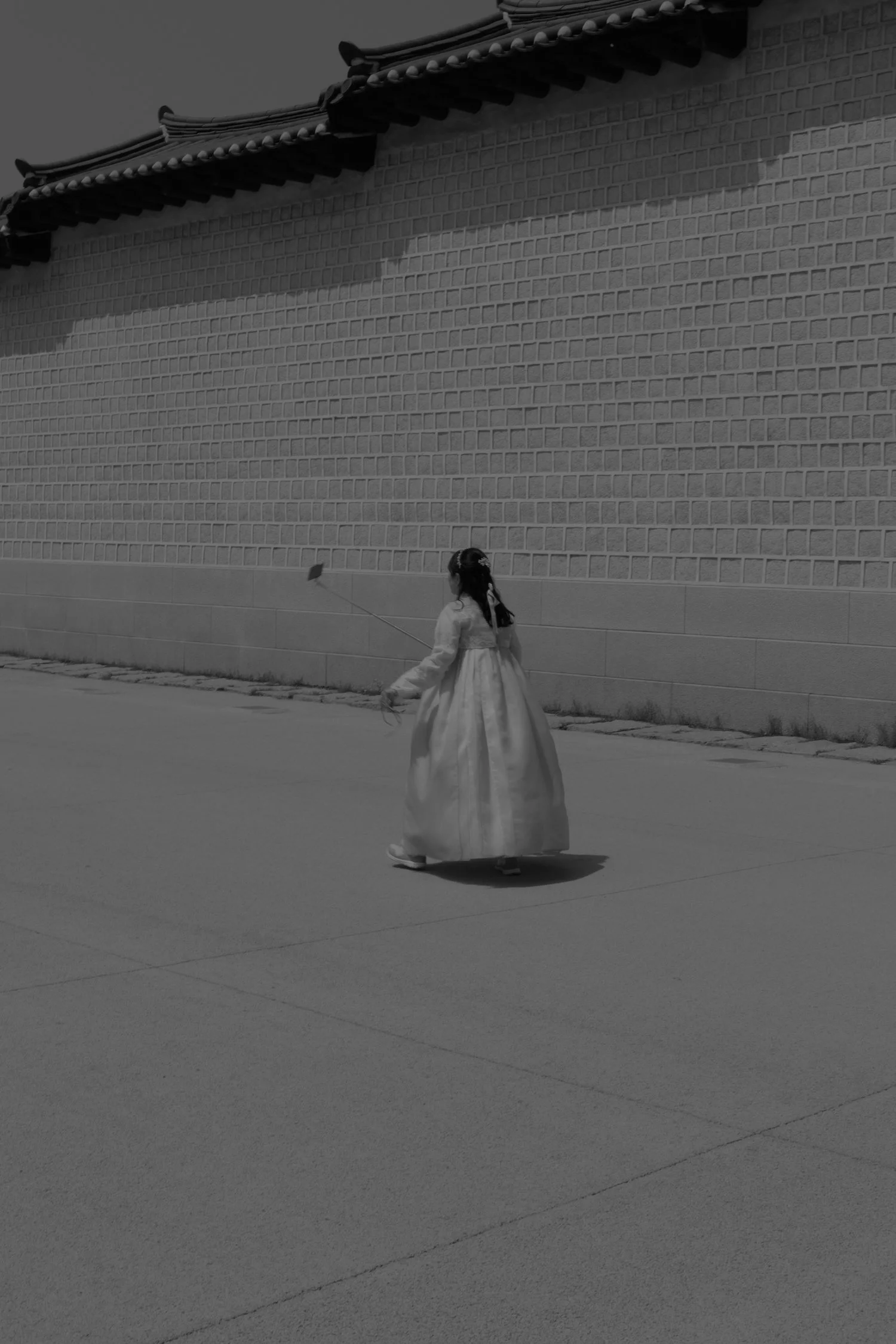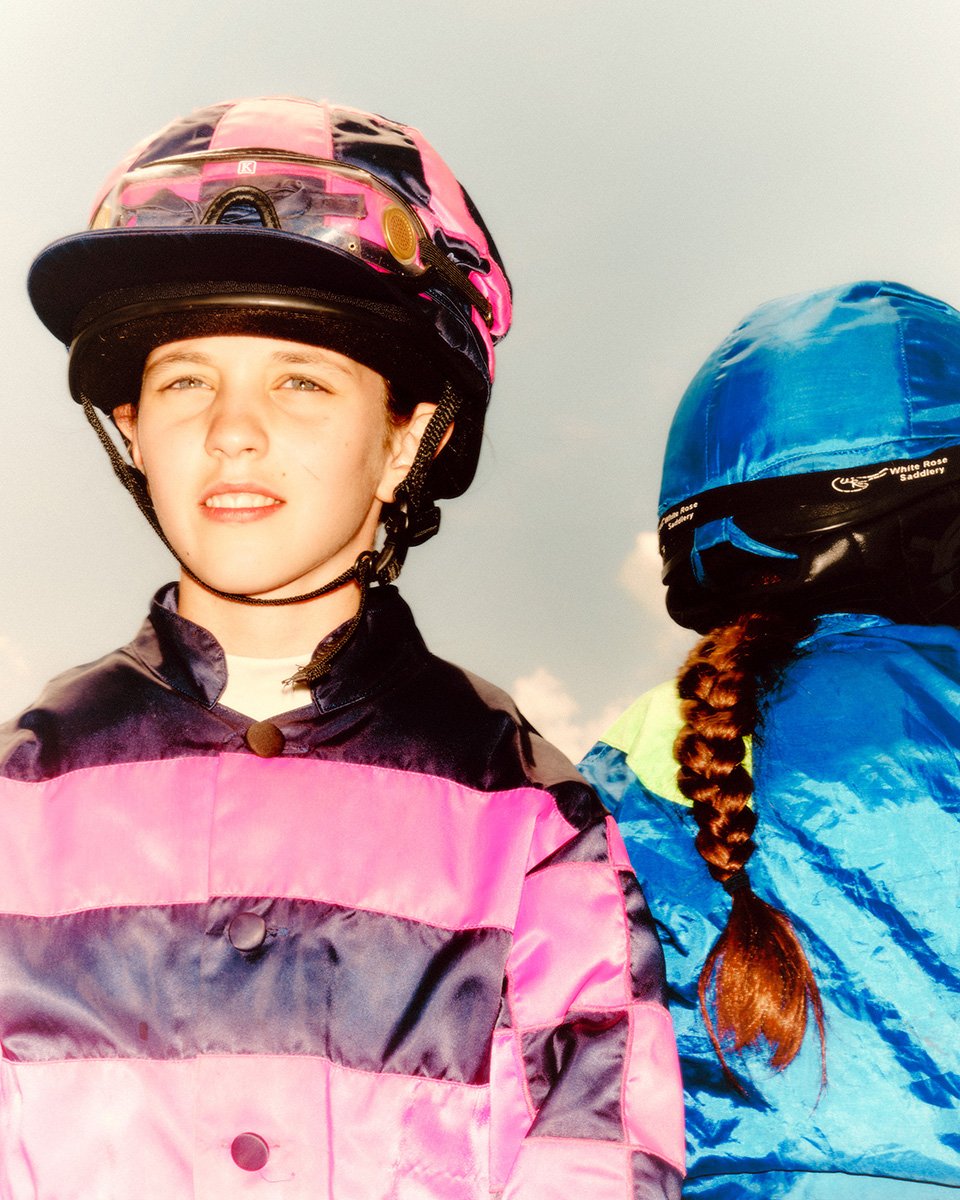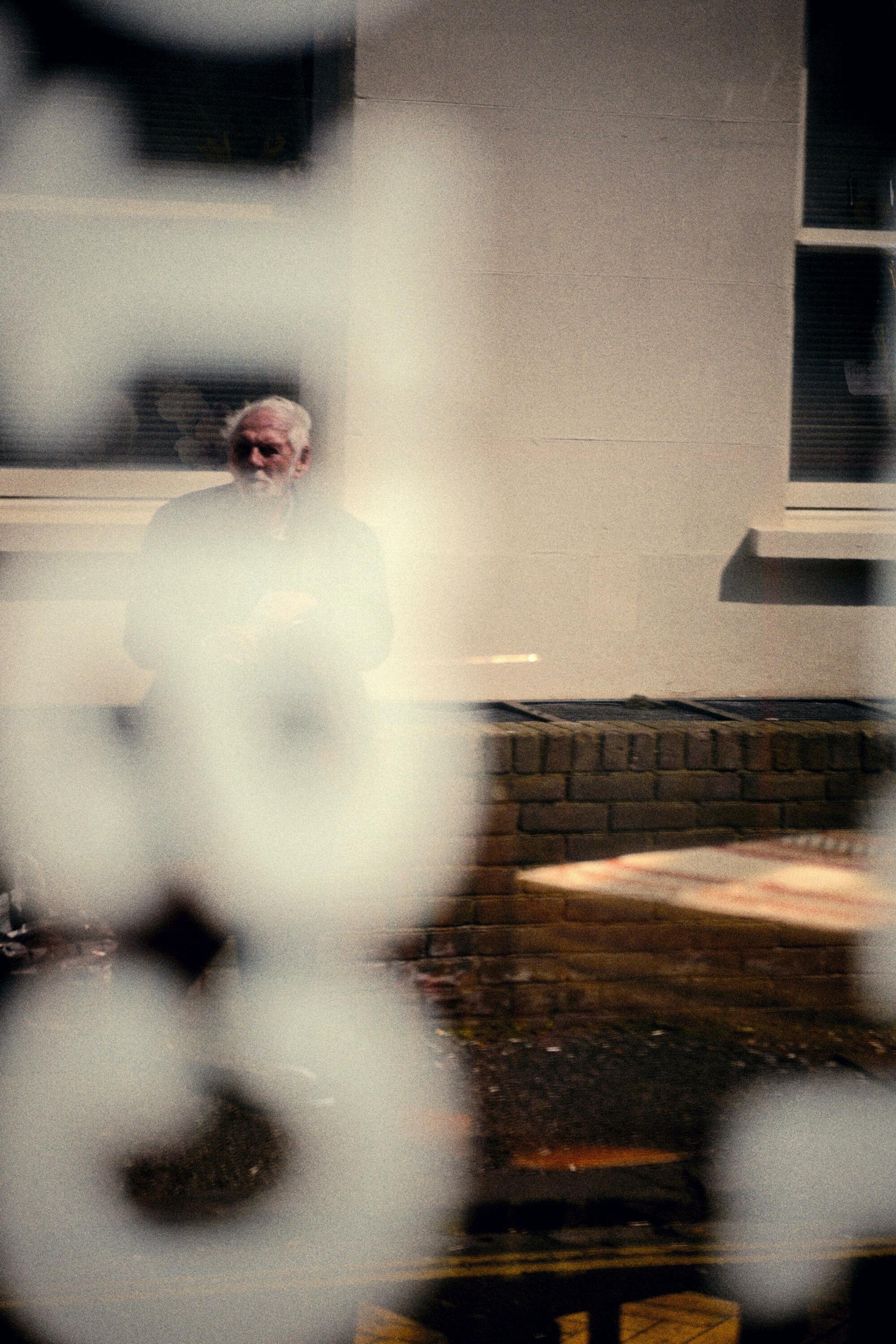Drive-by shootings
We spoke to legendary street photographer David Bradford about quitting his job in an ad agency to become a taxi driver in New York in the 90s. During that time, he created an incredible body of work of iconic scenes of the city – all captured from inside his taxi.
Photography David Bradford Interview JC VeronaYou used to work in an ad agency and you quit to work as a taxi driver to seek your dream of becoming a full time photographer. How did that happen? What was your motivation and idea when you first started taking pictures?
Drawing was my first art. Drawing without looking down at drawing, focusing all through you, to pen point.
With a degree from RISD in Illustration, I moved to NYC. Hired into the advertising department of Saks Fifth Avenue, I became an art director. Fashion was not on my mind, though retail fashion advertising may be my ticket to an address in NYC.
In place of drawing, my time was spent with how high end fashion, jewellery and perfume bottles looked to the viewer’s eye.
Location shoots, or in studio, I got to work with incredible photographers of fashion. It was a collaboration of imaginations and the shoots result appeared full page, in The New York Times or in National Magazines. My experiences in fashion are memorable, but after some years in, I had to make a break and see what I could do with myself as the client. Freelance work filled gaps. One day I spotted a deal I couldn’t pass up. A local taxi company would paper work to get the hack license and you drove for them.
Within a month I was a taxi driver, and within a minute of sitting in the front seat, my brain told me I was in a front seat on all of New York City. My mind was still with drawing primarily, although the photographic image was a close second. I had already found that this ‘third-eye’ technique of drawing carried over to working with a camera, so I had work in both camps.
What camera and lens did you use back then?
It wasn’t until I shot with a Yashica-T4 and saw the results, did I begin to grasp the potential before me. There were 3 photo shops near me, I picked one which processed the negatives on long rolls, images sized as large contact prints. With the first 13 rolls back, I saw the magic in them. There was an immediacy in them. Having this ’third eye’ ability freed me shoot quickly. Instinctual shots. My heart or my gut took the shot. My hand and body simply position the camera. Lightning shots. Interesting play of light on any subject matter and I’ve got it already. Speed the key, my need to the really real.
Do you remember how it all started – what was the first image you took?
One of the first images I caught is the earliest light breaking around The Empire State Building. Miraculous to see light part the dark and the sky open up to a baby day within 5 seconds. Results like these bowled me over. "Just keep shooting”, I said to myself.
What were some of the most unusual and craziest things that happened to you while shooting?
I drove six days a week, taking Tuesday off. On the morning of September 11, 2001, I had just returned home from getting vegetables and played my answering machine to hear a cryptic message from a friend telling me to turn on the TV. Seeing the towers aflame and hearing the commentary, I grab my camera and race to the towers. I took this shot on Park Row, about a block in distance from the towers. Until the negatives came back, I didn’t know what I had. His watch reads 10:55. Two minutes later on a small crooked street, I heard a real loud 'phony sounding’ thunder clap followed by a sound which got louder and louder and faster and real faster – sounding like something hitting full force over and over, a slapping. These were the floors collapsing down on each other. This vast roiling smoke coming chasing us (at 50 mph) was the finale. I said to myself, “Run, don’t trip, shoot backwards.”
How did people react when you photograph them?
My focus on people in the backseat crystallised after the attacks. More of a mission now than before. A friend even suggested what became the title of the second book. Kids were very interesting subjects back there. The kids have a sense of security because Mommy or Daddy is right there with them. Over there in the front seat though there is mystery. A big man driving them.
Is he safe? Can I sneak a peak of him, and I won’t get hurt!? Or perhaps the passenger sees the two small shots of mine, on the plexiglass partition (always opened). Maybe they are looking at my first book, so there is an unspoken O.K., if the light hits on them I would take a confident shot. When you see them looking down, they are looking at book 1.
I read that you gave you once gave Richard Avedon a lift in your cab – tell us about that.
One Sunday morning I picked up a nimble, elderly dandy. In the first minute this gentleman said "Oh, you must be a musician!”. (I had 15th century music on the taxi radio). “Well, I use to play the trombone, but now I do drawing and photography.” I said.
“Oh, so do I”, the gent says. I figured he meant photography, so I pass back my pre-cab portfolio of shots back to him. He sees the first one and blurts out, “Oh you are an architectural photographer!” "CHECK IT OUT” I said.
“Oh these are good, they remind me of Walker Evans,” turning my upper body around to look at this guy, I said “Why thank you, and what do you shoot?” “A bit of fashion, and some portraiture”, “Whose your favourite photographer?” “Kertesz”, I said. “He’s dead!”. “So is Bach.". ”What about a live one?” Anyway a little later he somewhat humbly says he is going to have a show at the Whitney in about a year. Oh, what’s your name? "Richard Avedon”.
About David
David Bradford (b. 1951 Flint, Michigan) is a New York street photographer and maker of videos. He became known in the 1990s when he combined his graphic skills with a job as a taxi driver. Since then he has published two books of his photographs.
Books
To see more of his work, visit his website


